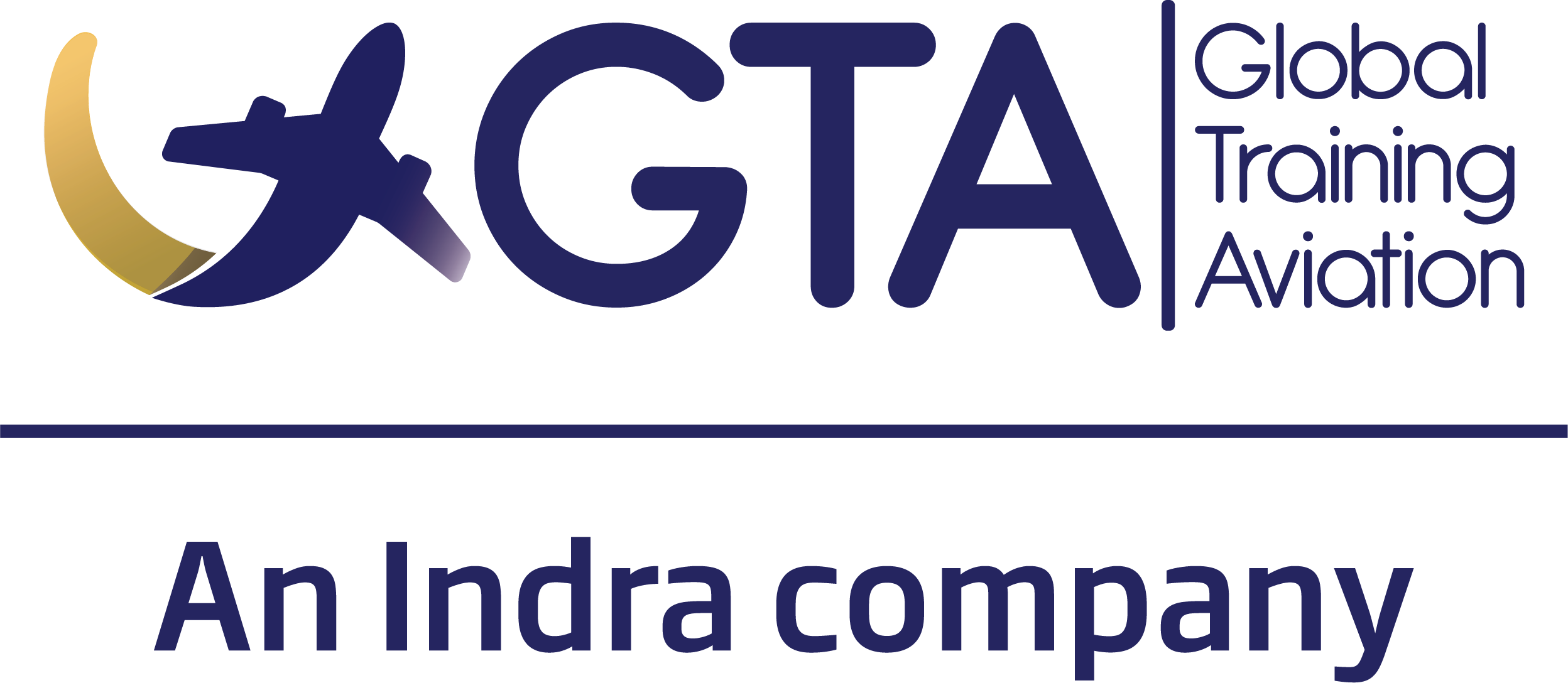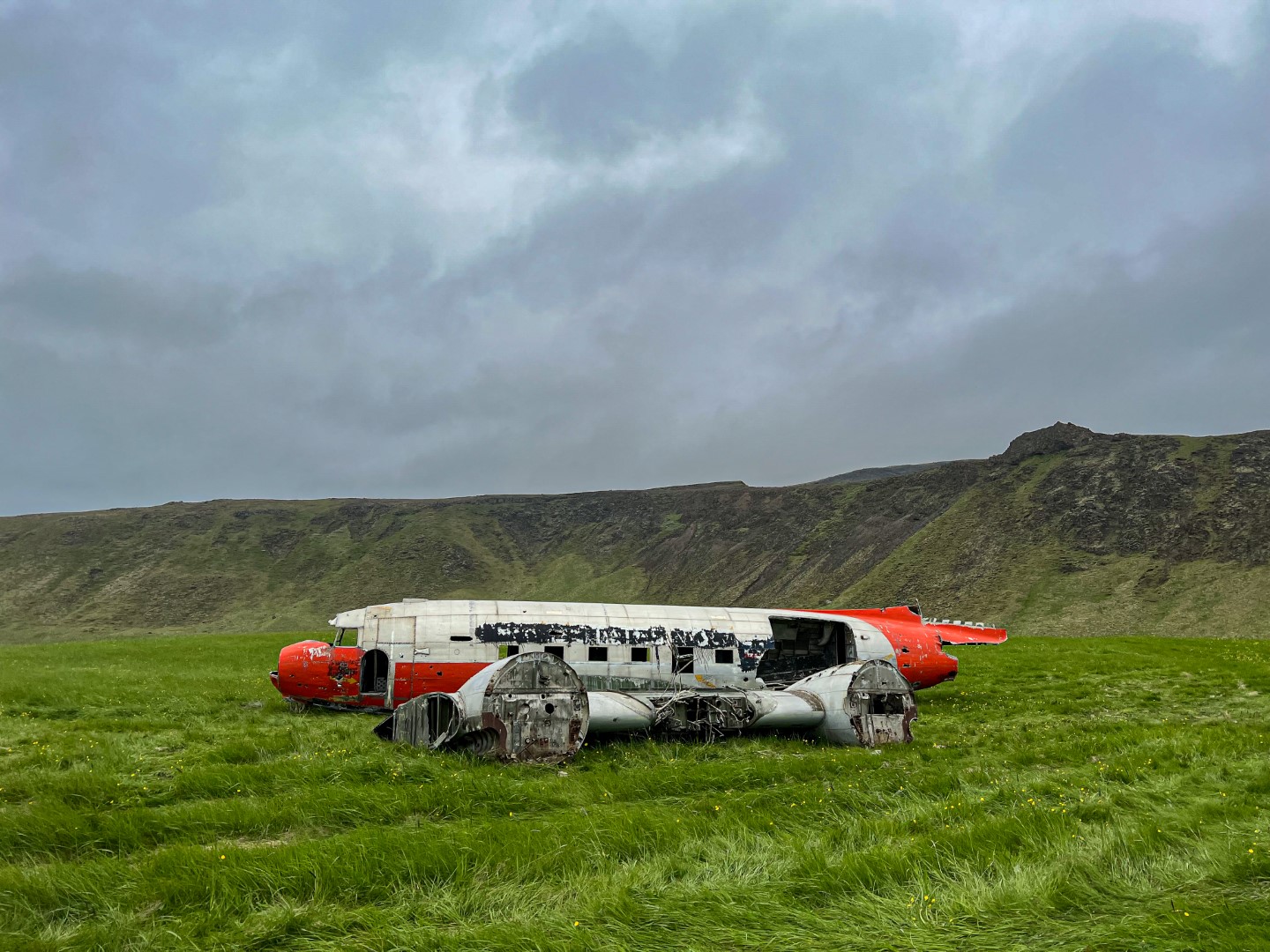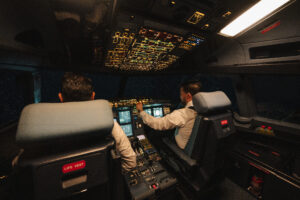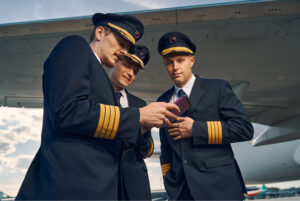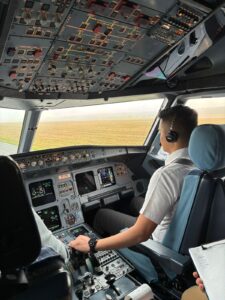DC-3 Plane Wreck in Iceland – A Symbol of Aviation History
Hidden in the vast black sands of Solheimasandur, Iceland, lies the haunting yet fascinating remains of a DC-3 aircraft. This iconic wreck has captured the attention of aviation enthusiasts, photographers, and travelers from around the world. But what’s the story behind it? And why does it matter to future pilots?
What Happened to the DC-3 in Iceland?
On November 24, 1973, a United States Navy Douglas DC-3 was forced to crash-land on the Solheimasandur beach after running out of fuel. Fortunately, all crew members survived. The aircraft was abandoned and left on the remote site, where it has remained ever since, weathered by decades of Icelandic storms.
Where Is the DC-3 Crash Site Located?
The wreckage lies on the southern coast of Iceland, about 3.5 km from the Ring Road. There are no roads leading directly to the site—you must walk or bike across the black sand to reach it. The site has become a surreal destination, perfect for dramatic photos and quiet reflection on aviation history.
Why Did the DC-3 Become an Iconic Tourist Spot?
Its eerie appearance, contrasted against the stark Icelandic landscape, has made the DC-3 wreck a favorite subject for photographers, travel bloggers, and filmmakers. It has also become symbolic of aviation’s resilience and the lessons we learn from unexpected events.
Is It Safe and Legal to Visit the Wreck?
Yes, the wreck is legally accessible and free to visit. However, visitors must respect the environment and not damage the structure. Weather can change quickly in Iceland, so pilots and tourists alike should be prepared—just as in aviation, situational awareness is key.
Did you know this information? In Global Training Aviation we keep you up to date!
Lessons for Future Pilots – What Can We Learn?
While the DC-3 incident had a fortunate outcome, it highlights important aviation lessons:
- Fuel management: A core principle that must never be overlooked.
- Decision-making under pressure: The successful landing was a result of calm, experienced choices.
- Preparedness for emergencies: A key component in modern flight training.
Discover More About Aircraft Safety and Pilot Training
At Global Training Aviation, we train future pilots to respond to challenges with confidence and competence. Whether you’re preparing for your type rating or just getting started, our programs focus on real-world scenarios and aviation safety at every level.
Have Questions About Your Training Path?
Whether you’re just starting your journey or looking to take the next step in your aviation career, contact us today to speak with an advisor and explore your options with GTA.
